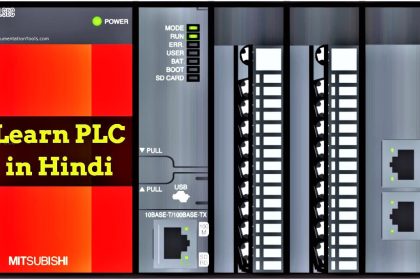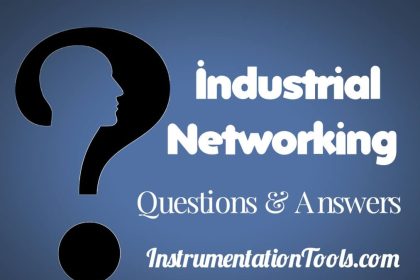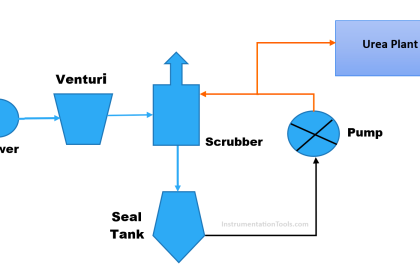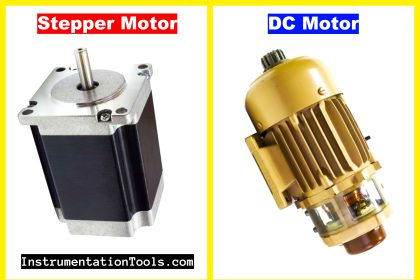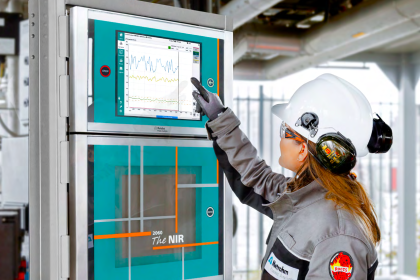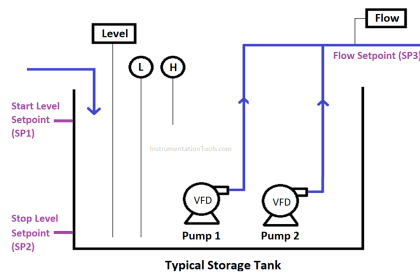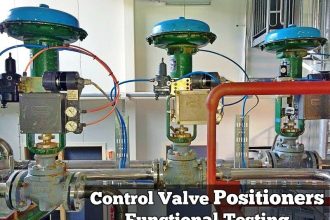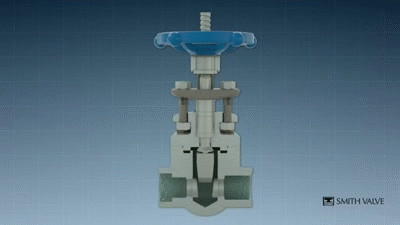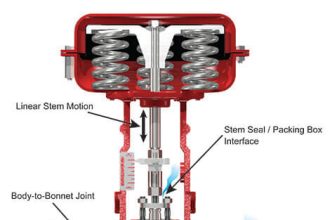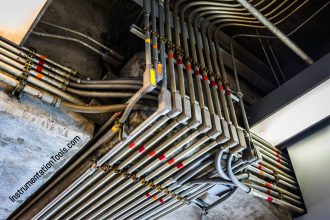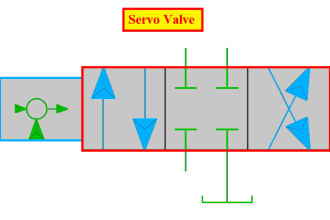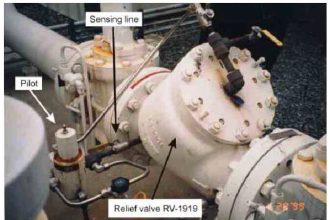Electrical Switches have mechanical contacts or relays. These types of switches can control a wider range of current and voltage options. They are not affected by dirt, mist, magnetic fields or temperature ranges from near absolute zero to 1000°.
Electro-mechanical switches can adapt to misalignment in installation/application to ensure there is no leakage current and making it available in many circuitry, actuator, and housing styles.
Disadvantages include their price, limited contact life cycle, large size and slow response.
Solid-state switch
Solid-state switches are electric devices that do not have moving parts to wear out.
They are able to switch faster without sparking between contacts or problems with contact corrosion. Their disadvantages include a high cost to build in very high current ratings.
Also Read: Electrical Switches Animation
Configuration
When selecting a level switch, the user needs to determine if the electric circuit requires a normally open or normally closed switch.
Normally open (NO)
switches do not allow current to pass through in the free position. They need to “make” a contact to be activated.
Normally closed (NC)
switches allow current to pass through in the free position and need to “break” contact (open) to be activated.
Pole/Throw
Most switches have one or two poles and one or two throws, but some manufacturers will produce custom level switches for special applications. The number of poles describes the number of separate circuits which can pass through the switch at the same time.
The number of throws describes the number of circuits each pole can control. This is noted by the configuration of the circuit (NO/NC). Breaks are interruptions to the circuit caused by the separated contacts the switch introduces into each circuits it opens or interrupts in the circuit.
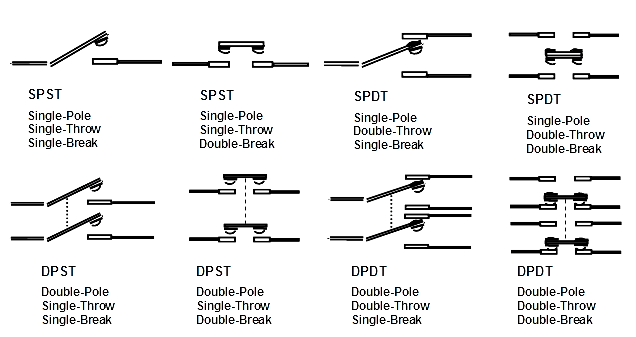
Single Pole, Single Throw (SPST)
Single pole, single throw (SPST) switches make or break the connection of a single conductor in a single branch circuit.
They usually have two terminals and are referred to as single-pole switches
Single Pole, Double Throw (SPDT)
Single pole, double throw (SPDT) switches make or break the connection of a single conductor with either one of the two other single conductors. They usually have three terminals and are commonly used in pairs.
SPDT switches are sometimes called three-way switches.
Double Pole, Single Throw (DPST)
Double pole, single throw (DPST) switches make or break the connection of two circuit conductors in a single-branch circuit. They typically have six terminals and are available in both momentary and maintained contact versions.
Double Pole, Double Throw (DPDT)
Double pole, double throw (DPDT) switches make or break the connection of two conductors to two separate circuits. They typically have six terminals and are available in both momentary and maintained contact versions.
Other types – Other, special throw types with more than two poles. Examples include switches that are designed to split loads into separate circuits (e.g., headlamp switch).
Also Read : Switches Terminology
If you liked this article, then please subscribe to our YouTube Channel for PLC and SCADA video tutorials.
You can also follow us on Facebook and Twitter to receive daily updates.
Read Next:
